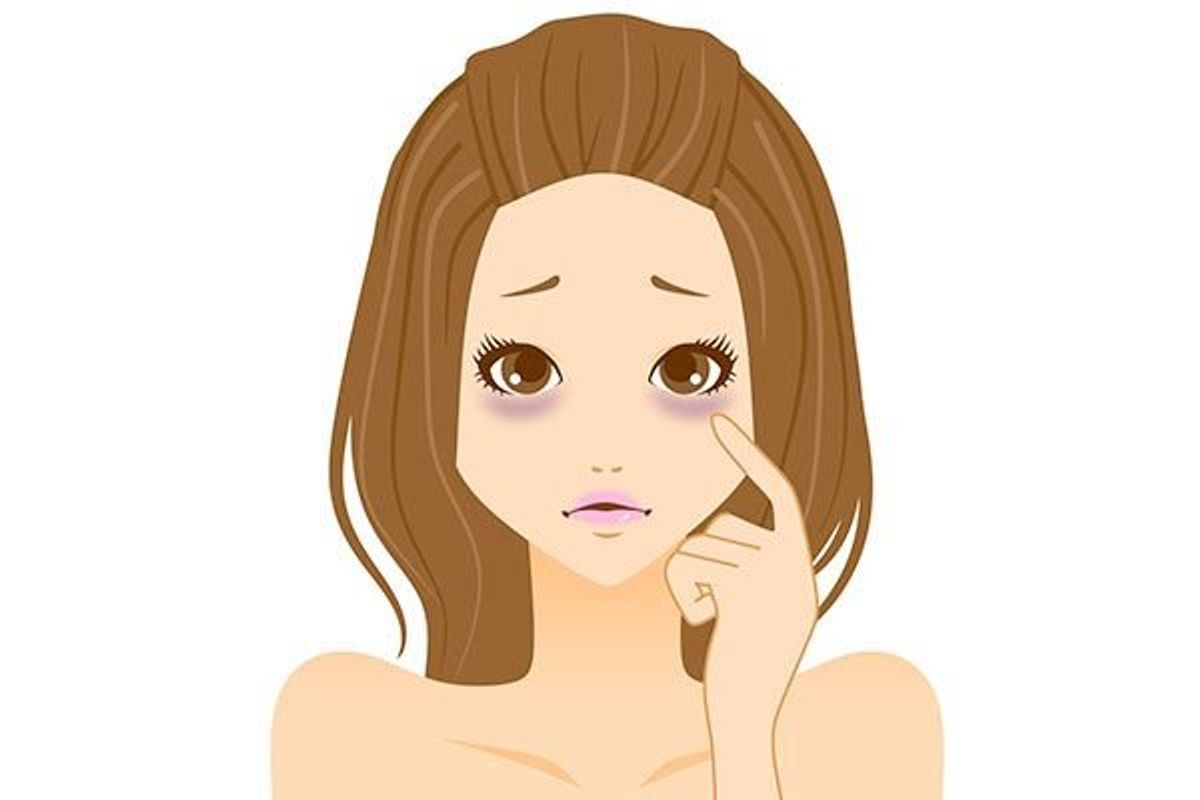

Stacey Feintuch
Stacey Feintuch is a Blogger, Freelance Writer, Public Speaker and Young-ish Widow
Full BioLearn about our editorial policies
Medically Reviewed
You look in the mirror and you frown. They're front and center—the dreaded under-eye circles. You thought you got enough sleep last night, so why are they here?
If you find yourself wearing sunglasses inside to hide your eyes, we're armed with answers to help you understand what causes under-eye circles and how to get rid of them.
Causes
The Mayo Clinic says that even if you get enough shut-eye, you can still get dark under-eye circles. In addition to fatigue, some common causes of under-eye circles include:
- Heredity. Sometimes genetics may be to blame for the thin or fair skin under your eyes. Blood pools there, and you're left with fragile capillaries that stretch and leak.
- Allergies. Allergies can cause your body to release histamine, a chemical found in some of the body's cells. And that can inflame blood vessels, causing swelling.
- Eczema. This chronic skin condition causes patches of skin to become inflamed, dry and often intensely itchy and can affect the skin under your eyes.
- Scratching or rubbing your eyes. The skin under the eye is very sensitive, so the more you irritate it, the more it will react.
- Sun exposure. That causes your body to make more melanin, which is the pigment that gives skin its color. And when you expose your skin to the sun, you're promoting the breakdown of collagen (the substance that holds the body together), which thins skin and makes veins more obvious.
- Pigmentation irregularities. These irregularities are common in people of color, especially Asians and African Americans.
- Aging. Your skin loses collagen and thins as you age, making veins more conspicuous.
- Contact dermatitis. Soaps, cosmetics, hair products, jewelry and other things can cause an itchy, red rash when they contact your skin.
Tips to get rid of (or eliminate) under-eye circles.
Your health care provider can help you figure out the exact cause of your under-eye circles.
Some remedies can help ease the appearance of under-eye circles. To help reduce mild to moderate circles, the Mayo Clinic and experts suggest that you:
- Apply something cold. Wrap a bag of frozen peas in a soft cloth or apply a cold compress beneath the eyes. It will help decrease discolored and dilated blood vessels beneath your eyes.
- Sleep with extra pillows. Prevent puffiness that occurs when fluid pools in your lower eyelids by elevating your head with two or more pillows.
- Get plenty of sleep. Not getting enough sleep can make you look paler. And that can spotlight any circles you have.
- Try makeup. Over-the-counter creams and concealers can help cover the circles. For concealers, a solid, creamy one won't wear off quickly and will offer more coverage than a liquid one. Apply in thin layers to prevent it from caking. For eye creams, you can opt for one containing caffeine, green tea or collagen-promoting retinol.
- Take allergy medicine. If allergies are causing your under-eye circles, consider taking an over-the-counter or prescription oral antihistamine to control the histamine's effects.
- Protect your skin and eyes from the sun. That means wearing sunscreen and sunglasses daily. These measures will help prevent the skin near your eyes from wrinkling and sagging, not to mention help prevent skin cancer.
If these remedies aren't helping, speak with your primary health care provider who may prescribe prescription steroid creams or topical or oral medications. You can also visit a dermatologist who may suggest other remedies such as chemical peels, laser therapy or injectable fillers.
From Your Site Articles
- Ocular Allergies ›
- What Causes Puffy Eyes? - HealthyWomen ›
- How to Get Rid of Puffy Eyes - HealthyWomen ›
Related Articles Around the Web
You might be interested in





